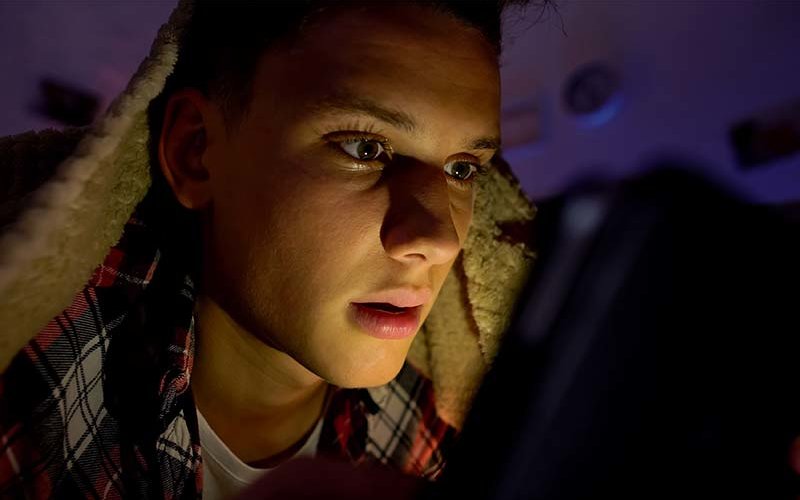
Ninety-five percent of U.S. teens have smartphone access and 45 percent say they are “almost constantly” connected.
These statistics from a 2018 Pew Research Center study are not surprising to Ofir Turel, professor of information systems and decision sciences at Cal State Fullerton, a leading figure in research related to technology use and its effects on humans.
One area of research he found lacking, though, was looking at trends in technology use among youth in a given time period against their other behavior trends during the same time period.
“It is important to examine and discuss such trends given the lack of regulations of technology use in children and youth and the limited awareness of possible technology use harms to these vulnerable populations,” Turel explains.
Using data from the annual Monitoring the Future Study, an ongoing assessment of the behaviors, attitudes and values of American 8th and 10th graders since 1991, he compiled 152,172 survey responses from teens in the 2012-16 time period.
As expected, the use of computing technology increased during this period. On average, technology use for school went up by 15 minutes per day, while use for leisure was double that amount — 30 minutes per day.
The increases in technology use paralleled declines in the frequency of eating breakfast, exercising and getting enough sleep each night, as well as declines in face-to-face social activities and perceptions of well-being and self-worth.
While these parallels could be coincidental, given the numerous studies that have shown that excessive use technology can have detrimental effects on health, well-being, school and social aspects of life, Turel looked for correlations (relationships) in the data.
He found that the more time spent on the internet for leisure, the lower the frequency of face-to-face social interactions. Also, the use of technology for leisure was positively correlated with use for school. This could imply that by encouraging teens to use technology for schoolwork, it might have the unintended effect of also enticing them into more leisure use.
While the correlations were statistically significant, Turel cautions that they were relatively small, suggesting that while using technology for leisure may contribute to negative social outcomes, it is not the sole or primary cause of them.
Turel hopes this research can lead to more balanced conversations about the benefits and downsides of technology use. He calls for greater awareness of the negative aspects of technology use and advocates for opening a discussion on ways people can gain more control over their technology use and obtain the ability to track and monitor it.
“Technology is here to stay,” he says. “We have to learn to live responsibly with it.”
“Potential ‘Dark Sides’ of Leisure Technology Use in Youth” appeared in the March 2019 issue of Communications of the Association for Computing Machinery.